The origins of social club date back to 1920, when Robert Paxton of Homelands, provided and equipped a recreation hut for ex-Servicemen. The 18 November Leven Advertiser reported that the hut was "divided into reading and recreation rooms, the facilities for the latter including card tables, a billiard room and table bowls". The hut was formally opened by Mr William Anderson M.B.E. of Strathairly - who lost four sons in the Great War (their names appear on the Largo War Memorial). Mr Paxton remarked that the idea for the club had come up at a meeting to discuss a war memorial. An exhibition game of billiards was played following speeches.
The hut or clubhouse was situated on the west side of Hillhead Street and is listed above on the 1925 valuation roll. When the social club put on bigger functions, such as fund raising dances or the annual children's Christmas party, they would use larger venues such as the Montrave Hall and La Scala. The notice below from the 18 December Leven Mail is for the 1946 Christmas Party which was held in La Scala (from 1947 the Crusoe Hall became the annual venue for this treat). Funds for the event were raised throughout the year by holding whist drives and the like (see notice further below from the previous week's local paper.
After a quarter century at its original location, the social club made the move into the temperance hall, giving them a much larger space for their varied activities. They changed their name in the process, to the Robsinson Crusoe Social Club, in tribute to the former Robinson Crusoe Lodge of the I.O.G.T.. The advert below for a Sale of Work (11 Feb 1948) shows that the hall on Mill Wynd was still initially known as the 'Club House' before becoming more commonly referred to as the Crusoe Hall. At this particular sale is was stated that the club had grown from eleven members in 1946 to over over eighty within a year and another fifty new members since then. The main object of the club was "the social welfare of the community" and membership was open to all "irrespective of age, sex, religion or politics".
The Robinson Crusoe Social Club was wound up in 2015 and a bench has been placed on Emsdorf Road (close to the two club houses but in a more prominent location) in memory of the Club that was such a feature of the local community over many decades. If you have memories of the club, Christmas parties, whist drives, etc - please do comment and share your stories.
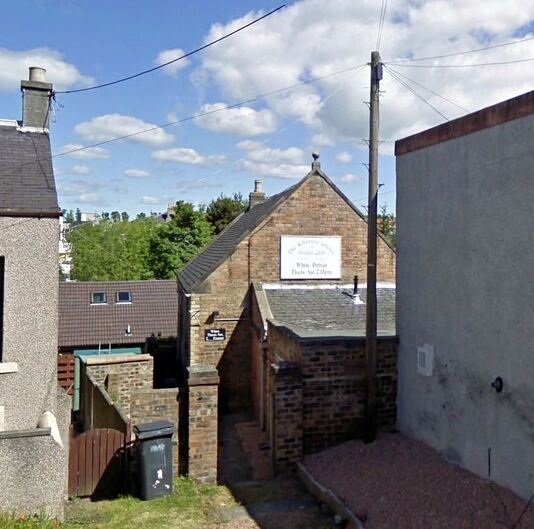
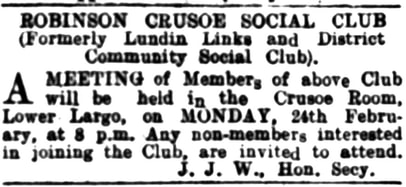
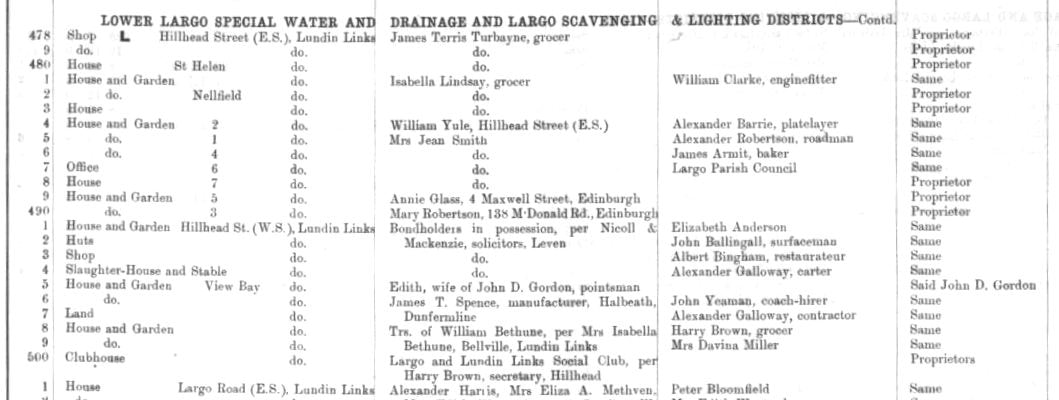
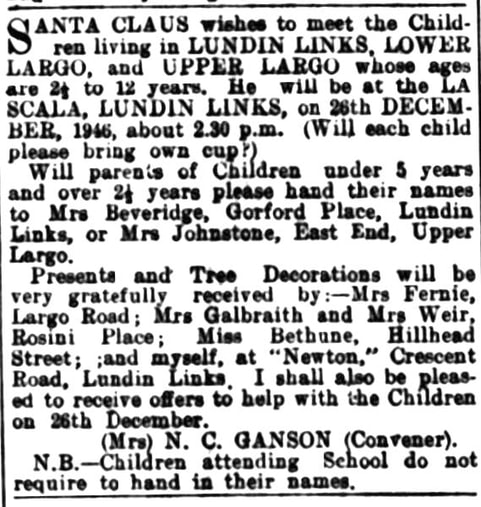
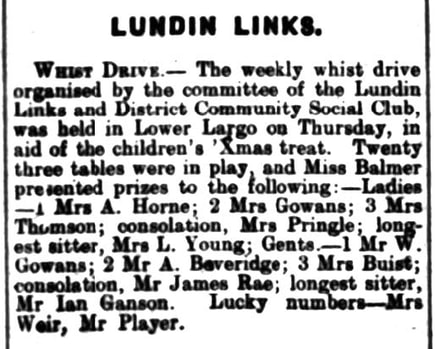
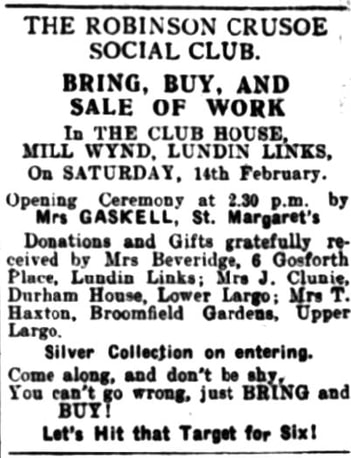
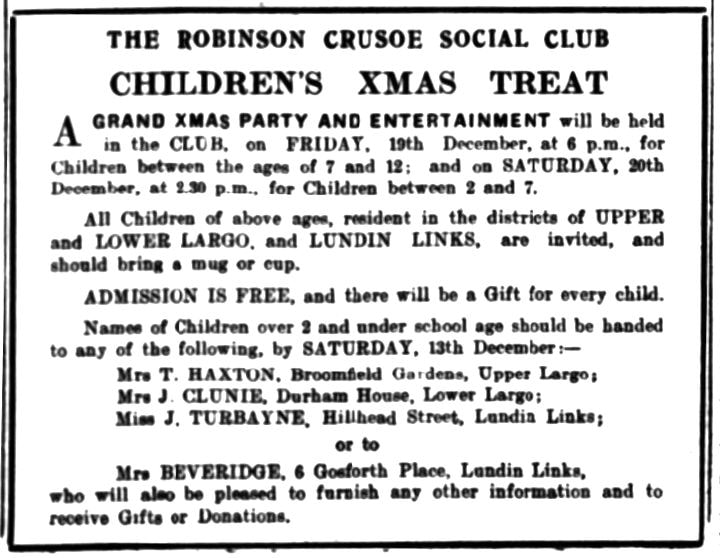
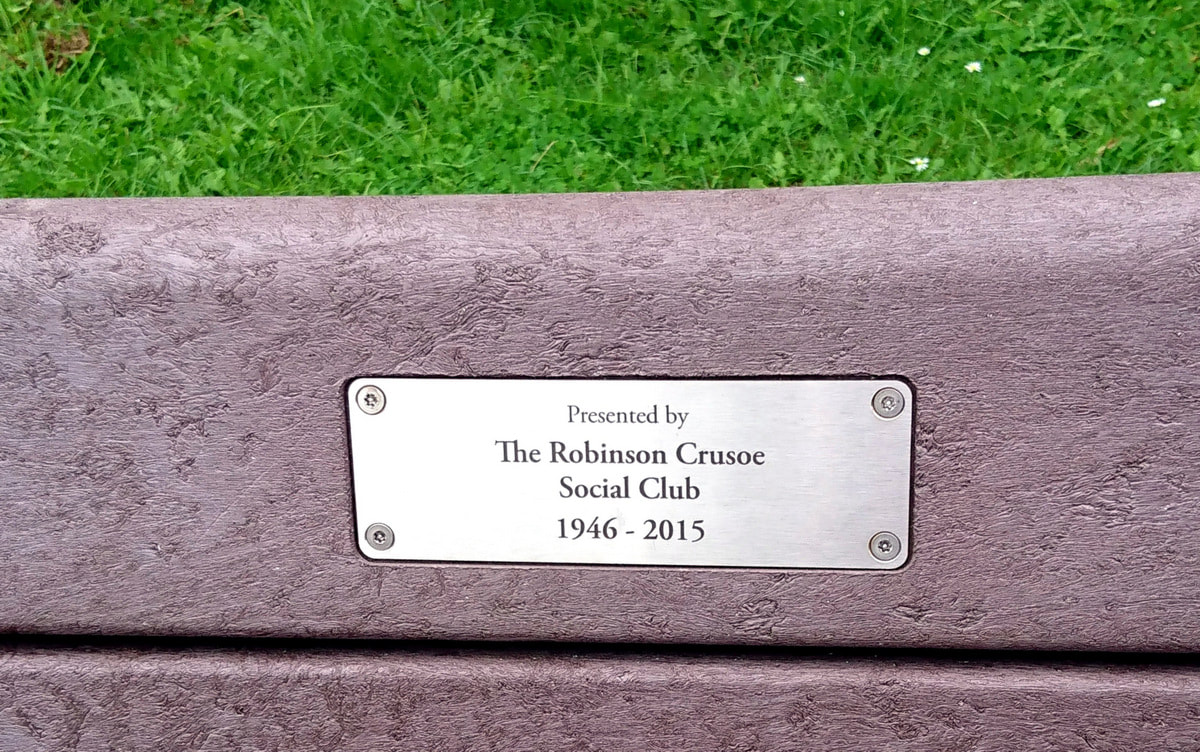
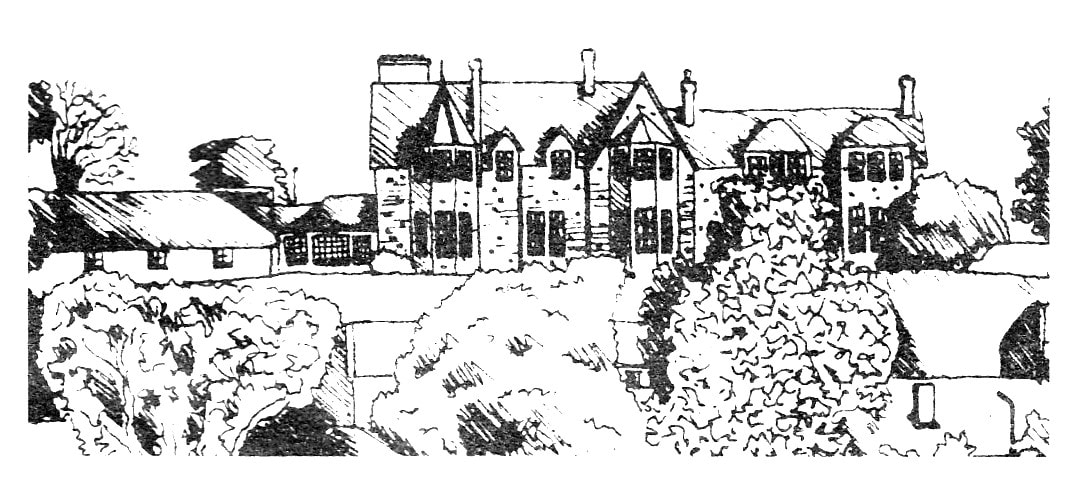
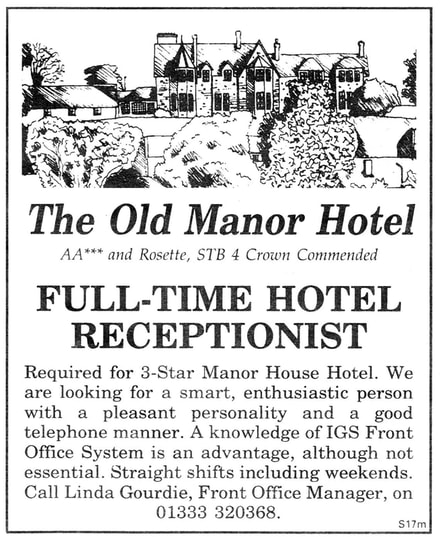
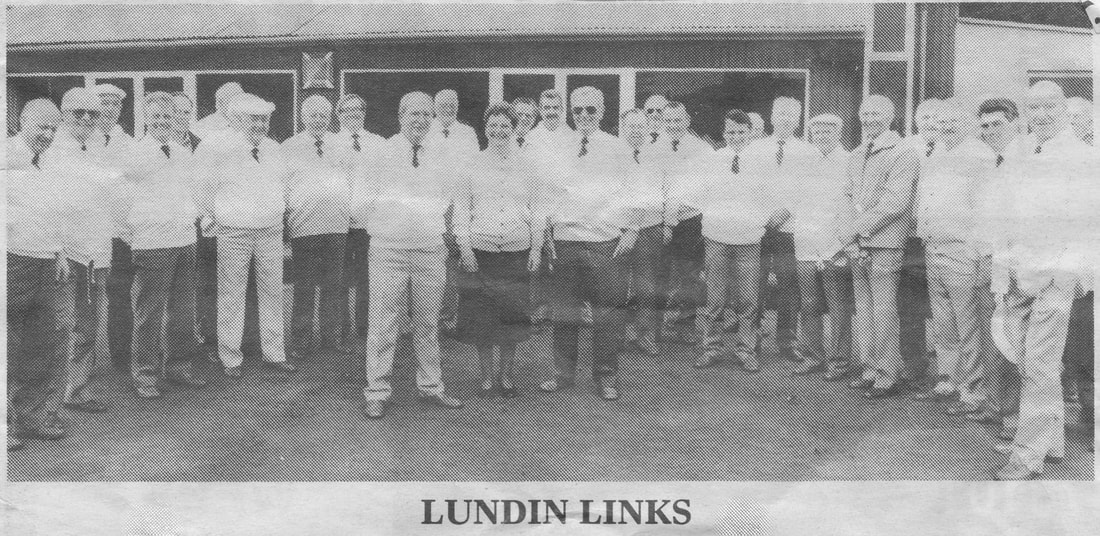
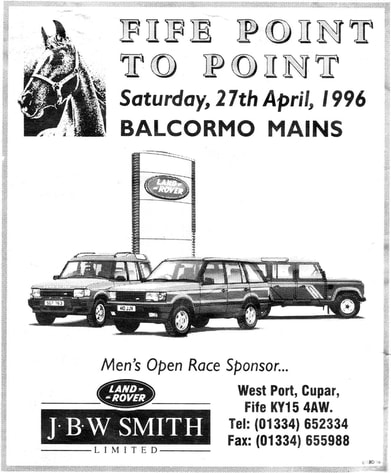
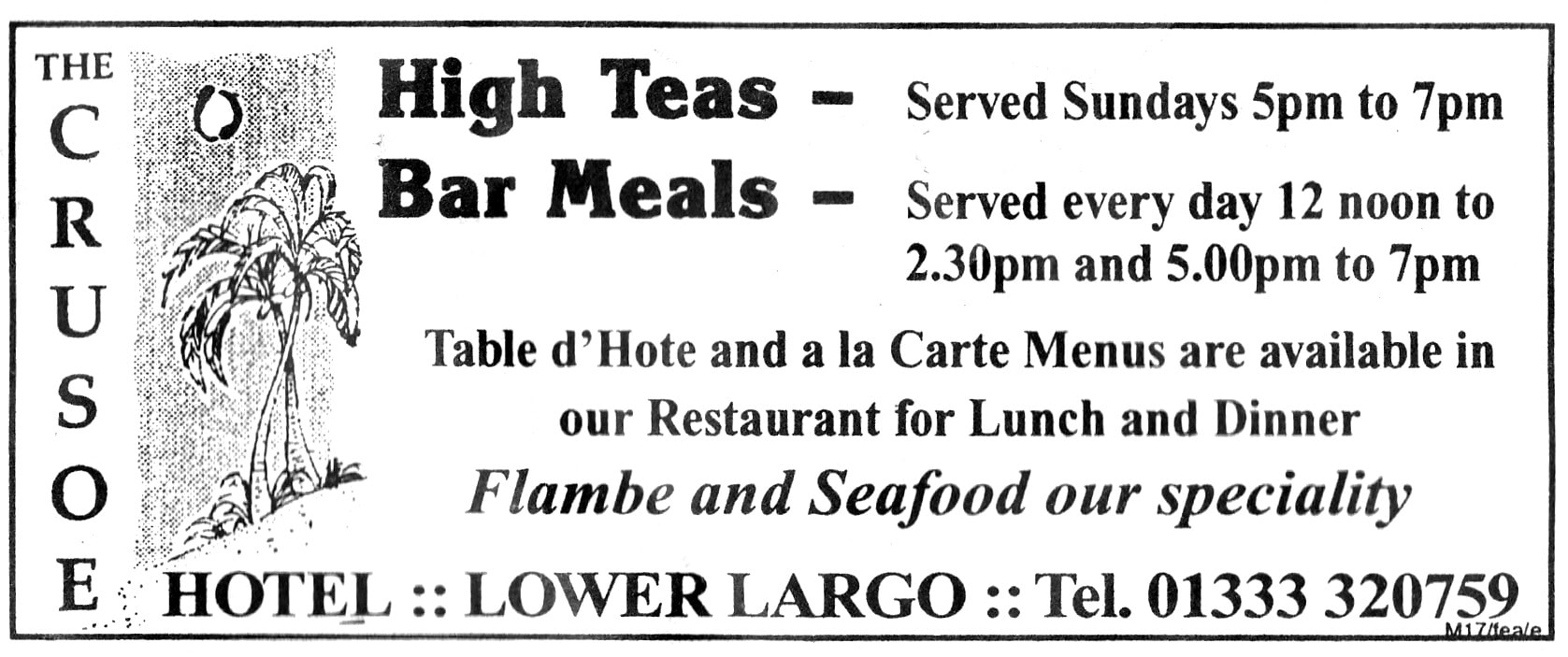
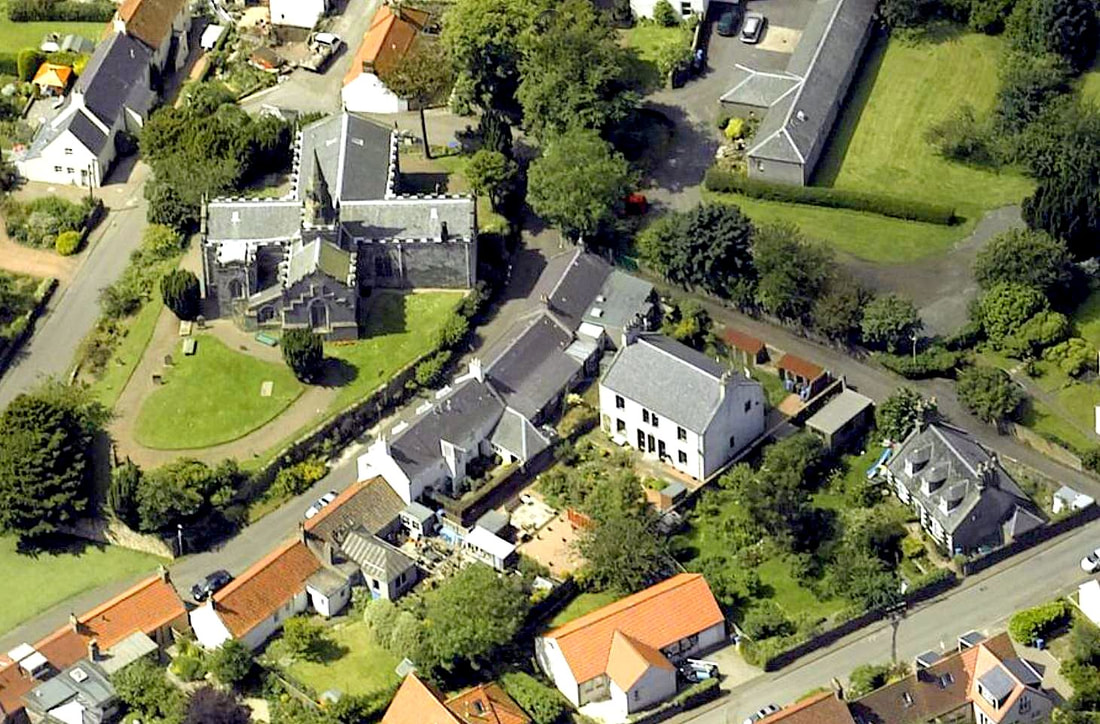

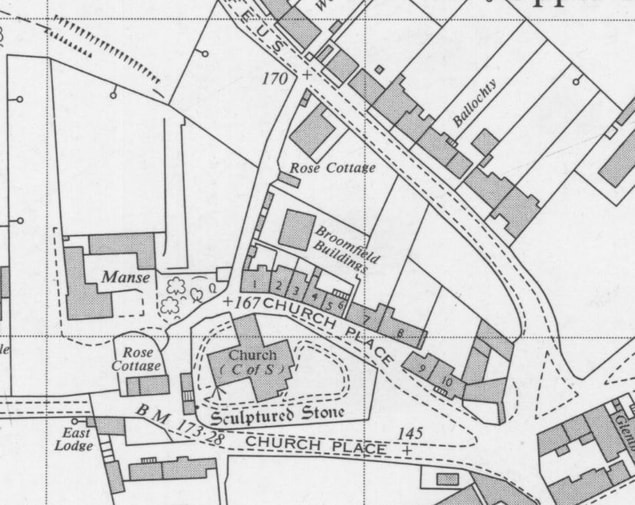
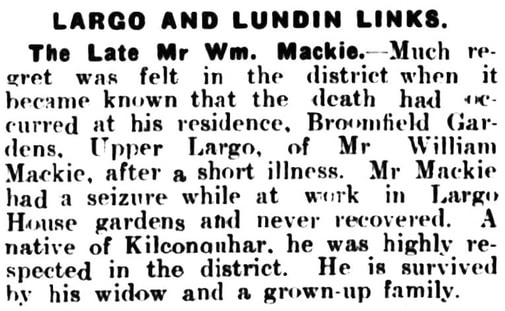
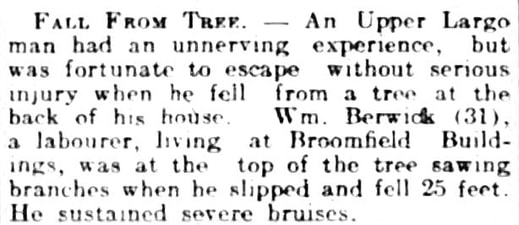
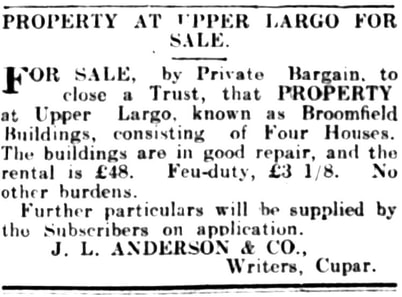

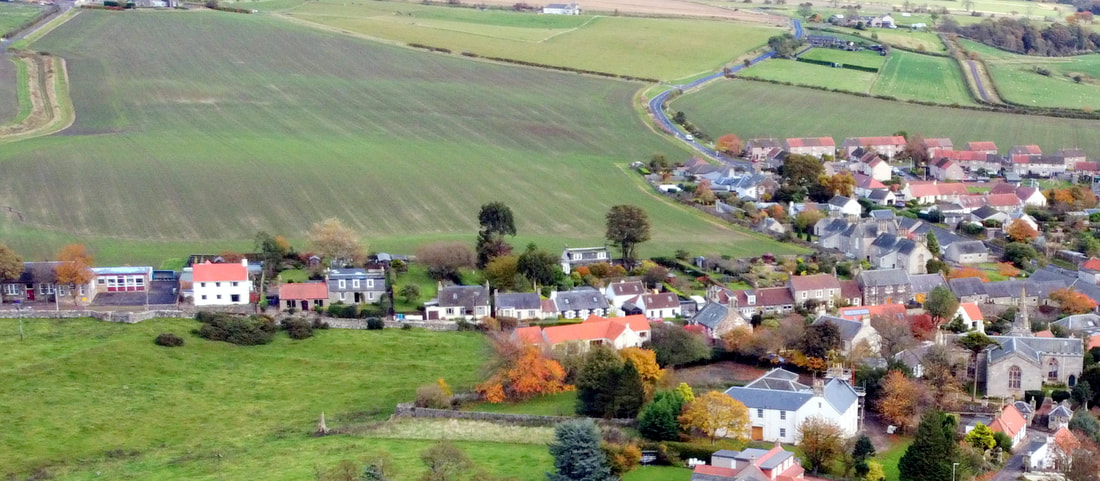
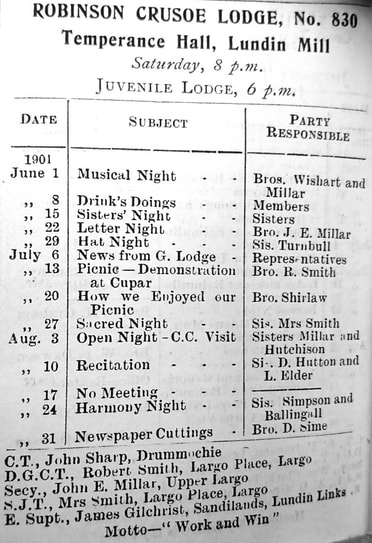
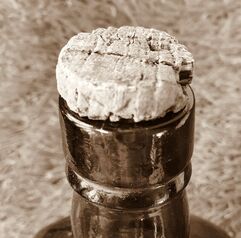
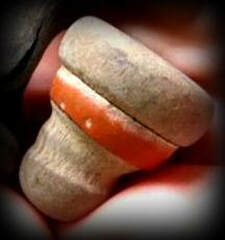
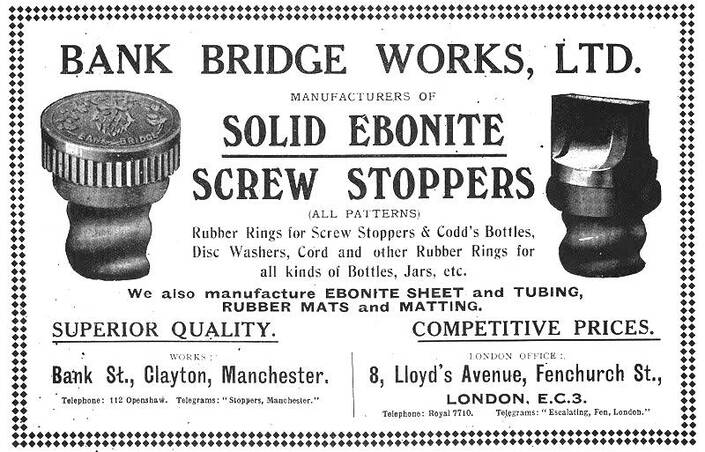
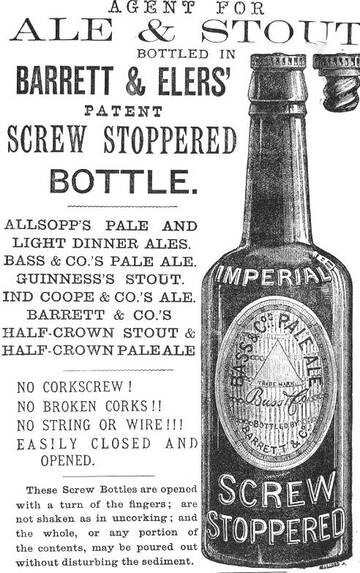
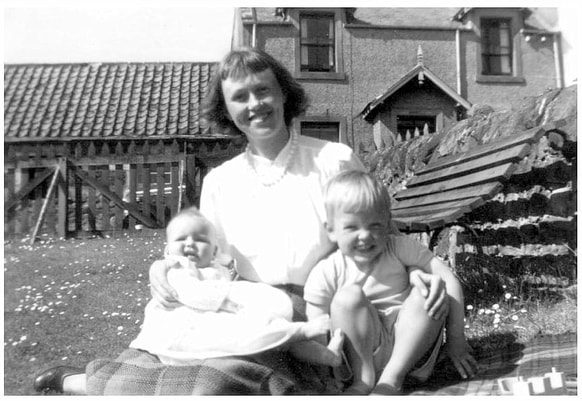
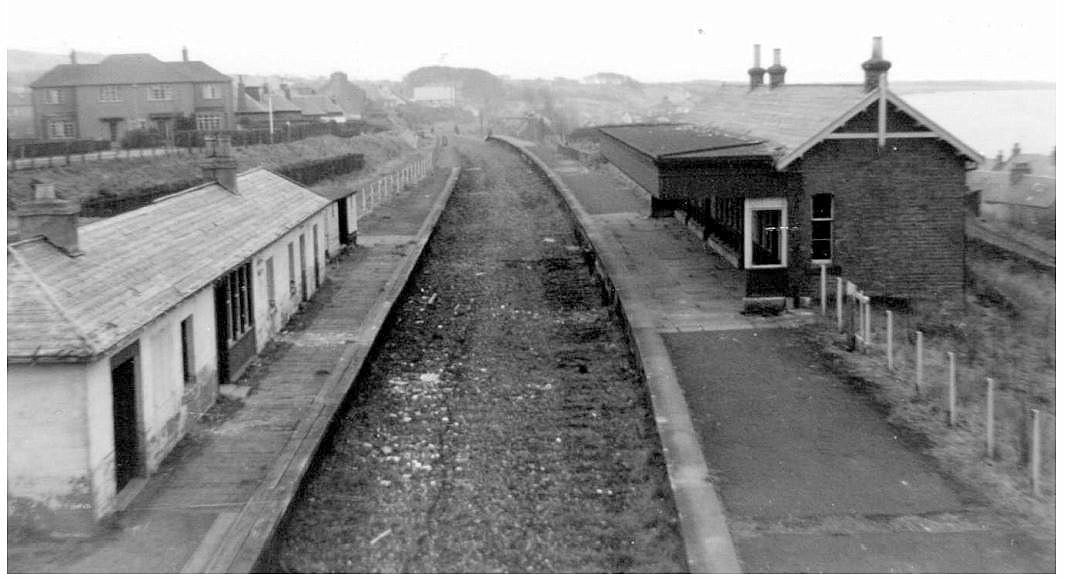
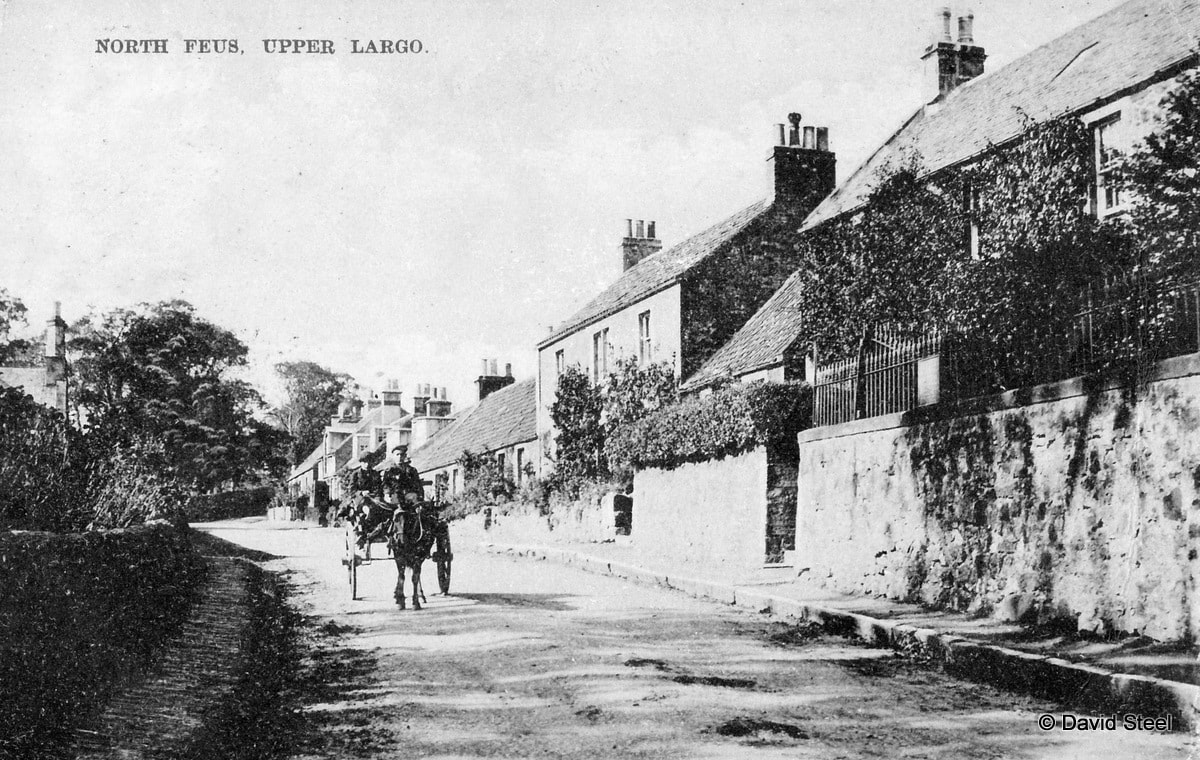
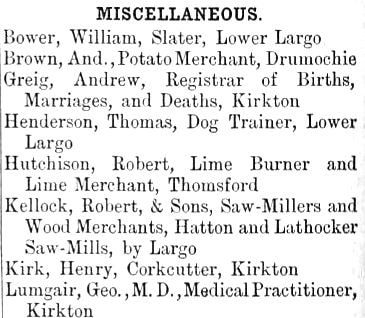
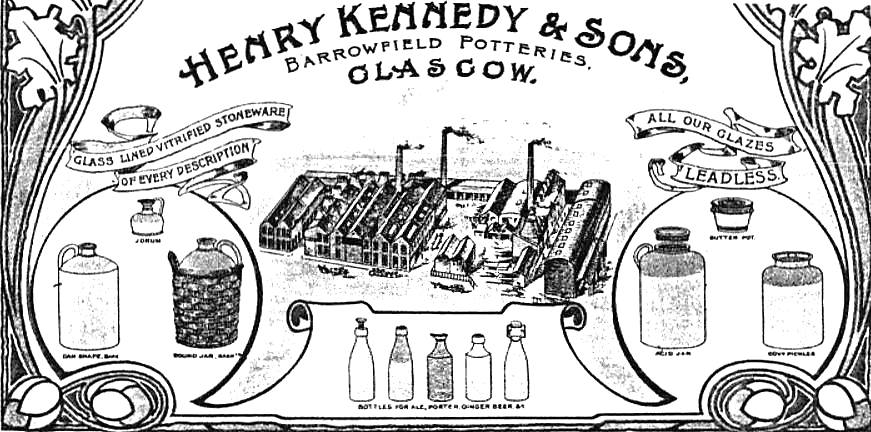
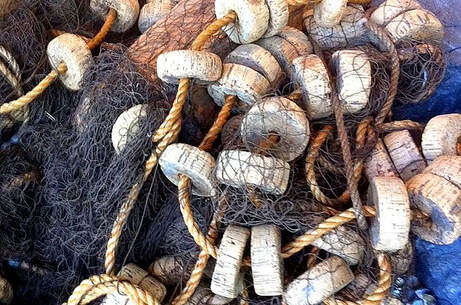
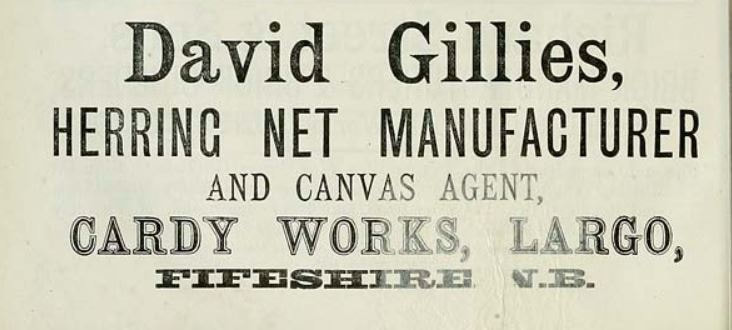

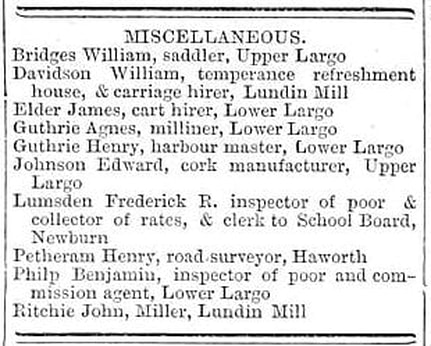
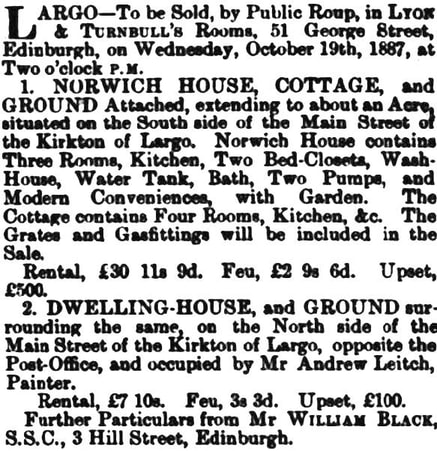
 RSS Feed
RSS Feed
